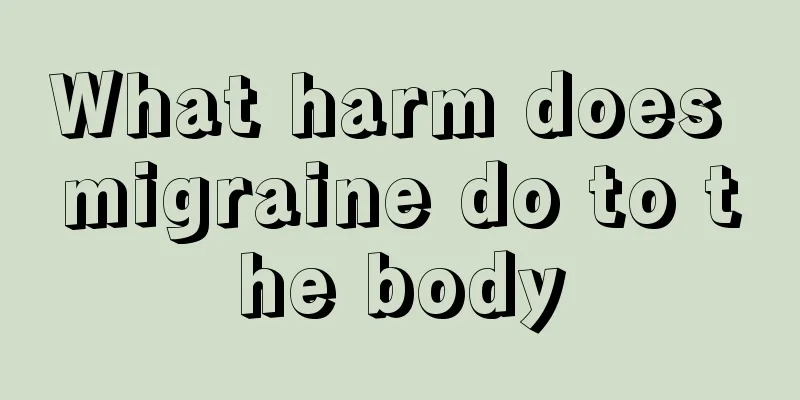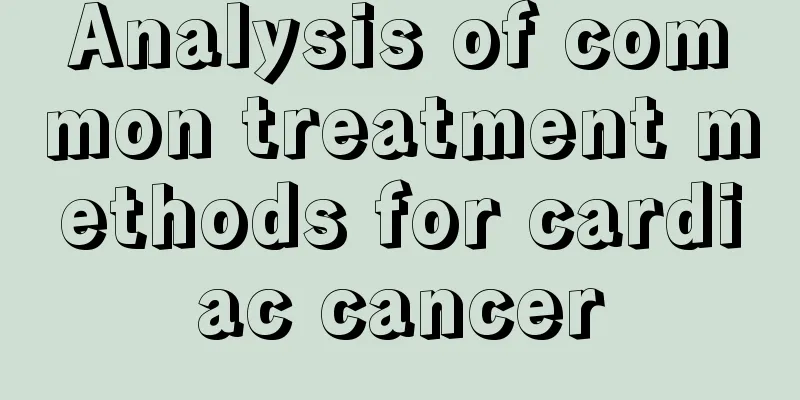Briefly describe the steps of cardiopulmonary resuscitation

|
Cardiopulmonary resuscitation is a method of emergency treatment mainly used in emergency situations. Generally, when a person suffers from a serious illness or after an accident, the human body is prone to temporary coma, temporary shock, or temporary loss of heartbeat, etc. Cardiopulmonary resuscitation can be used to treat these situations urgently. To perform cardiopulmonary resuscitation, you need to master the steps. Generally, you need to observe the patient's heartbeat and breathing status, and then perform compressions. Briefly describe the steps of cardiopulmonary resuscitation Judgment Consciousness 1. Pat the patient's shoulders with both hands and call the patient to observe whether there is any response. 2. Call for help Immediately call other medical personnel for rescue and bring a defibrillator. 3. Determine heartbeat and breathing Lift the quilt, unbutton the outer clothes, touch the carotid artery, and observe the rise and fall of the chest to determine the heartbeat and breathing conditions. If the heart stops beating or breathing stops, perform cardiopulmonary resuscitation immediately and record the start time of rescue. 4. Chest compressions (C) (1) Preparation: Move the bedside table away and quickly place the patient in a supine position without a pillow, with a compression board and a footstool placed under the chest. (2) 30 chest compressions (17 seconds to complete): A. Location: The midpoint of the line connecting the two nipples or two horizontal fingers above the xiphoid process B. Technique: Use the method of overlapping your hands, straighten your wrists and elbows, and use your body gravity to press vertically downward. C. Depth: sternum depression ≥ 5cm D. Frequency: ≥100 times/min 5. Open the airway (A) (1) Clear the respiratory tract: Turn the patient's head to one side and use the right index finger to clear foreign objects in the mouth. (2) Open the airway: The methods to open the airway include lying on the back with the chin lifted and jaw thrust. The commonly used supine chin-lift method is that the rescuer places the hypothenar of his left hand on the patient's forehead and presses the palm backwards to make the head tilt back. The middle finger and index finger of his right hand are separated in a scissors shape and placed under the patient's chin and lifted upwards to straighten the airway. It is forbidden for patients with neck injuries to avoid damaging the spinal cord. Basic steps of CPR Artificial respiration (B) Use a simple respirator to ventilate twice, use the "EC technique", perform artificial respiration once every 6-8 seconds, 8-10 times/minute, each breath is about 1 second, ventilation is about 0.5 liters, and the chest can be seen rising and falling. Continued CPR Continue cardiopulmonary resuscitation with a ratio of chest compression to artificial respiration of 30:2, and repeat this method repeatedly until recovery is achieved. Observe the effective signs of cardiopulmonary resuscitation (1) Observe the heartbeat and breathing: Touch the carotid artery (10 seconds) and observe the breathing. (2) Observational awareness: observe pupil changes, orbital pressure reaction, and light reflex. (3) Observe circulation: observe changes in cyanosis of the face, lips, and nail beds, improvements in peripheral circulation, and measure blood pressure. (4) Determine whether resuscitation is successful: Continue to provide advanced life support. |
<<: What is the compression frequency for adult CPR?
>>: What is the definition of cardiopulmonary resuscitation?
Recommend
Pajamas are the key to women's health and happiness
So, how should women choose a pair of pajamas tha...
What to do if your face itches in summer
Itchy skin on your face in the summer may be a se...
The simplest solution to itchy ears
Itchy ears are not a serious disease, but they ar...
Will the recurrence rate of nasopharyngeal carcinoma be high after radiotherapy?
Radiotherapy is a common method for treating naso...
What to do if a pregnant woman has melanoma
The high-risk group for melanoma is the elderly, ...
Corn pest and disease control
Corn is the most common crop in rural Northeast C...
How to control your emotions
I believe everyone has had this or similar experi...
When I lie down, my chest feels stuffy. When I sit up, I feel uncomfortable
Many people have the habit of lying down to rest ...
Can you use mugwort sticks to soak your feet?
Mugwort sticks can be used for foot soaking, beca...
What is the correct way to use a band-aid
Band-aids are popular with many people because th...
What are the bladder cancer examination items
When bladder cancer patients see a doctor, some d...
What are the twelve liver functions?
There are many liver function test items, and man...
Can esophageal cancer be cured in its early stages?
The cure rate of early esophageal cancer mainly d...
What to do if sensitive skin is allergic
Nowadays, many people who love beauty have the ha...
What should I do if my ankle hurts? Correct emergency treatment method
It is very common to sprain your ankle in our dai...









